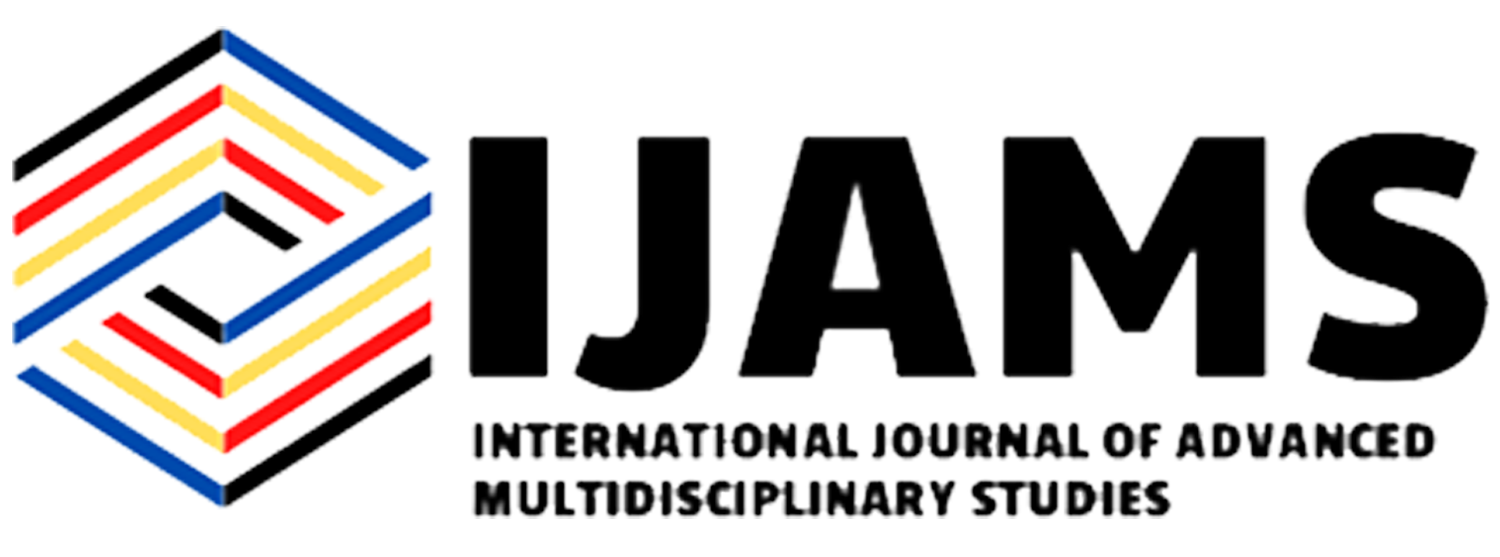ISSN: 2782-893X
eISSN: 2799-0664
 ISSN: 2782- 893X
ISSN: 2782- 893X


—— This study aimed to determine the Effectiveness of Explicit Learning Strategy to the numeracy performance of the Grade 4. pupils. The findings of the study served as a basis of a proposed intervention plan. This study used the Quasi- Experimental method of research to determine the significant difference of the aforementioned variables. The researcher utilized Universal Sampling in identifying the respondents of the study. The test of difference between the scores in the pre-test and post-test of Grade 4 pupils in Mathematics before and after the integration of Explicit Teaching Strategy in teaching Mathematics subject which covers the different learning competencies for 1 month of implementation for both control and experimental group. Based on the table 3, showing the Grade 4 learners’ performances in numeracy particularly in the control group, it was shown that in the pre-test performance of the aforementioned group, there was a test score identified as higher compared to the post-test performance. The results in table 1 for control group on the pretest and posttest produced a computed t value and happens to be lowest compared to the critical t value. Based from the given data, it was further explains that the hypothesis is accepted based on the significance level. So, the hypothesis which states that there is no significant difference between the pre-test and post-test performance of the Grade 4 pupils in Mathematics before and after the integration of Explicit Leaning Strategy in teaching Mathematics is rejected. Furthermore, the utilization of traditional way teaching is not always effective in improving the performance of the Grade 4 pupils. On the other hand, the results on the test of difference in the pretest and posttest performance of the Experimental group which experience the new strategy in teaching mathematics, it was found out that the pretest performance of the Experimental group and found out to be lowest compared to the posttest performance gained by the group which means that the posttest performance is higher compared to the pretest performance. So the hypothesis which states that there was no significant difference in the pretest and posttest performances of the Grade 4 pupils before and after the integration of the explicit learning strategy is rejected. Furthermore, the integration of the aforementioned strategy is significantly effective considering that the computed t value of the group which happens to be greater compared to the critical t value. The results in table 3 implied that the utilization of the traditional method in teaching such as using the chalk and talk technique is not really effective now a days in improving the learning gap of the learners to the different learning competencies in Mathematics. Furthermore, utilization of the different innovations such as Explicit learning strategy could help augment the learning gap of the learners as they have found different learning difficulties during the transition period. Furthermore, in order for the learners to improve their numeracy performance, the teacher should find ways and means to get the attention of the learners even those learners who are in the difficult stage of learning. Keywords — Effectiveness Explicit Learning Strategy Grade 4 Learners Mathematics